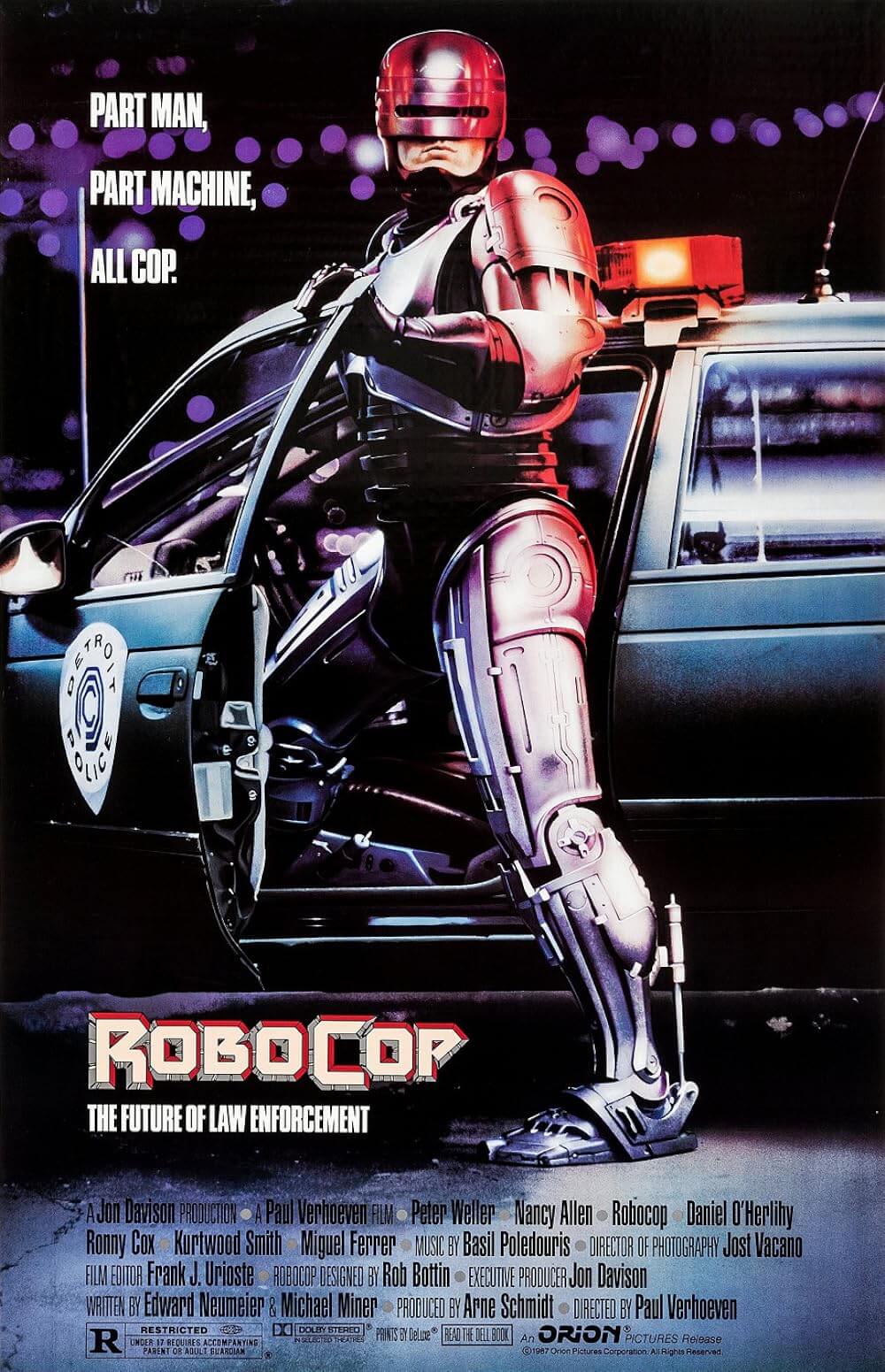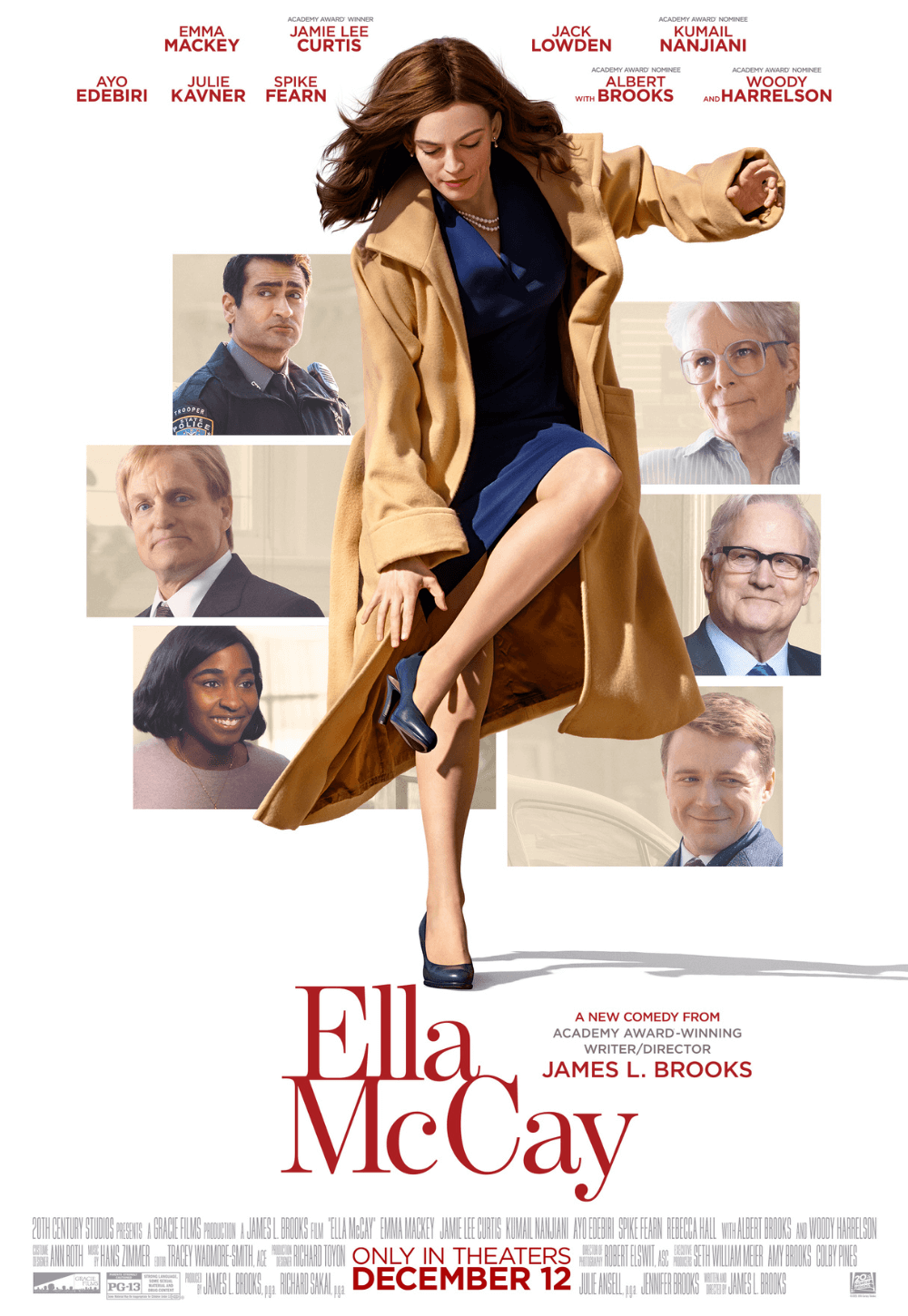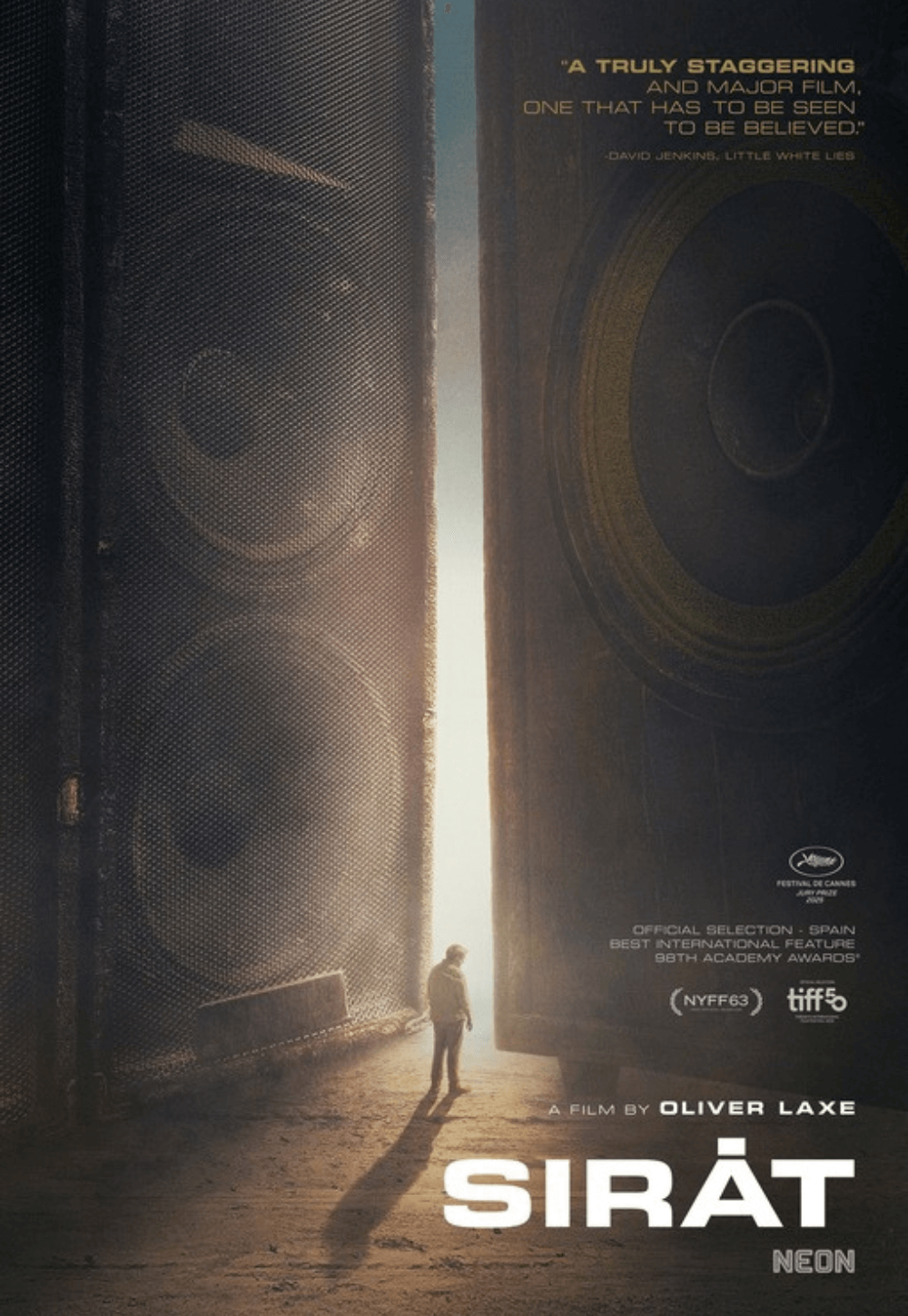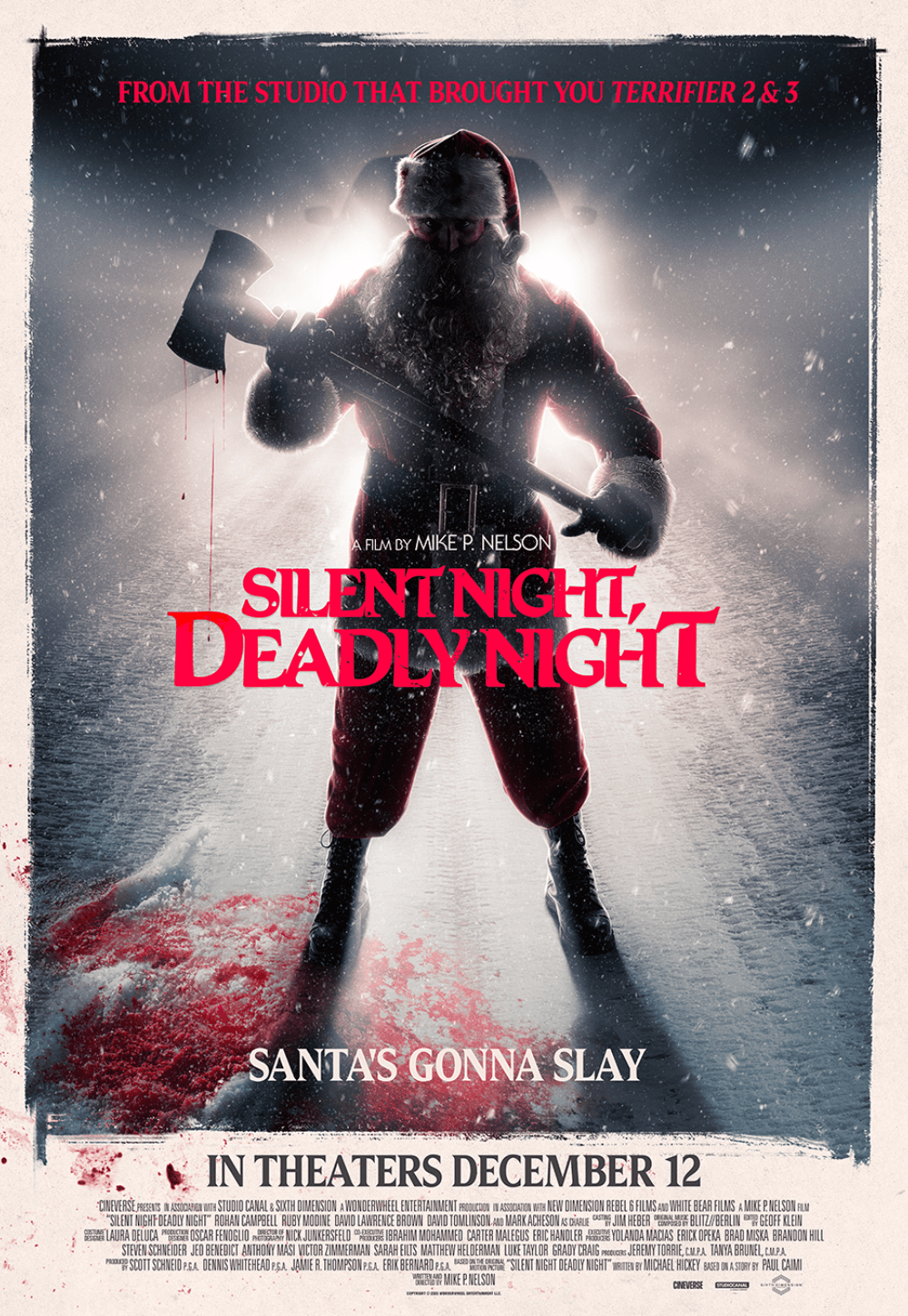
Ballerina
By Brian Eggert |
Ana de Armas deserves a better action movie than Ballerina. After her brief but memorable appearance in No Time to Die (2021)—playing a plucky young agent who injects some fun into an otherwise dour movie, featuring Daniel Craig’s final appearance as James Bond—the Oscar-nominated star seemed primed for her own action franchise. She made some headway in The Gray Man (2022) and Ghosted (2023), with uneven results. But this underwhelming, if entertaining shoot-’em-up (full title: From the World of John Wick: Ballerina) doesn’t showcase her talents as a performer. She conforms well enough to the monosyllabic hero template of the John Wick franchise, and her physicality in stunts and action scenes is impressive. But the writers haven’t given her much of a character to play. Worse, the screen story relies far too much on the established framework for this series. Rather than reinvent or even innovate with inspiration from the John Wick formula, Ballerina proves to be little more than a John Wick sequel by another name. And while that may be enough for some fans, I wanted something better and unique for Ana de Armas.
Accented by the overused central theme from Tchaikovsky’s Swan Lake, the first scenes of Ballerina establish a Bruce Wayne-esque backstory for our hero. The young Eve Macarro (Victoria Comte) witnesses her father being murdered by a group of cultist goons, led by the Chancellor (Gabriel Byrne) and identified by the “X” scars on their wrists. Left orphaned and bent on vengeance, Eve meets series staple Winston (Ian McShane) and accepts his helping hand. Winston brings her to the Ruska Roma, a combination ballet and assassin school run by Anjelica Huston, where she undergoes a merciless regimen over the next twelve years—from relentless pirouettes until her feet bleed to intense weapon and hand-to-hand combat training. As an adult (now played by de Armas), Eve works with a subgroup of Ruska Roma, called the Kikimora, which protects clients from assassins. The group’s name comes from an Eastern European mythological figure, much like John Wick’s nickname, Baba Yaga. Eventually, Eve faces the same cult responsible for her father’s death.
What’s lacking in Ballerina is Eve’s personality. Written by Shay Hatten, the story was initially a spec script that Lionsgate reworked into a John Wick spinoff with the help of other writers. It takes place between the events of John Wick: Chapter 3 – Parabellum (2019) and John Wick: Chapter 4 (2023). But it’s more interested in setting up action sequences and mythological intrigue than developing its characters. Eve doesn’t say much, similar to Wick. However, in the John Wick movies, everyone talked about the legendary hitman, so even though he barely spoke, we learned about him from what everyone else had to say. No one talks about Eve with enough consistency to build an identity, beyond her determination and hunger for revenge. Besides another trip to the Continental Hotel (where the late Lance Reddick makes his final screen appearance), there’s vague talk about the cult led by the Chancellor. They’ve been around for 1,000 years, supposedly, and maintain a centuries-old conflict with the Ruska Roma. Everyone fears this cult, but the movie never clarifies what they’re trying to accomplish. What are the cult’s values and goals? Ballerina doesn’t care to explore these questions with any depth.
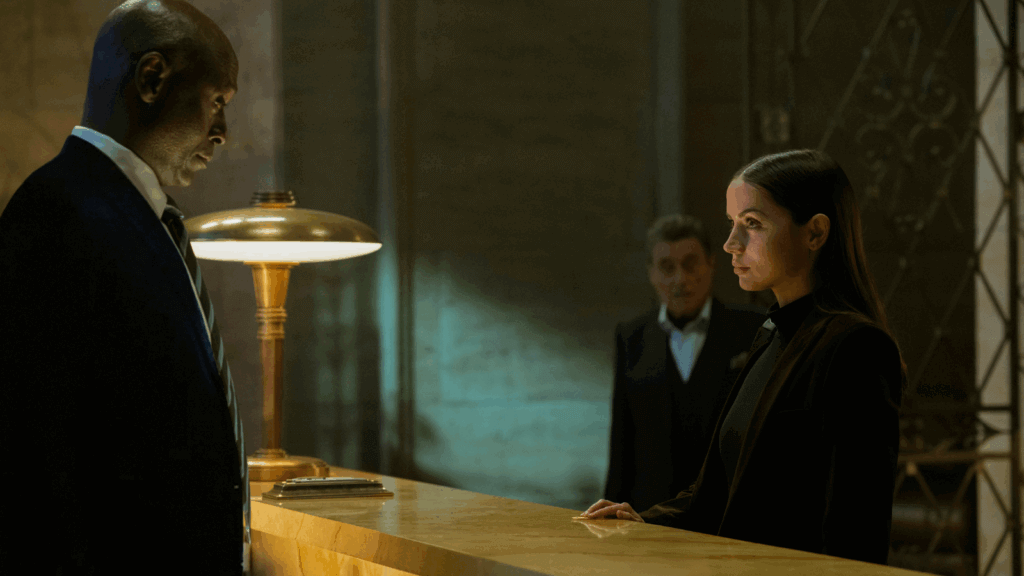
Of course, this is a John Wick-adjacent movie, so the production boasts well-choreographed shootouts and fights. For action junkies, that might be enough. Taking over for Chad Stahelski, Len Wiseman joins the franchise in his first movie-directing gig since his 2012 remake of Total Recall (he’s been working steadily in television in the meantime). He arrives with experience helming woman-led actioners, having started his feature-length directing career with Underworld (2003) and Underworld: Evolution (2006). Wiseman’s action isn’t quite as slick or stylish as Stahelski’s John Wick contributions. His work alongside cinematographer Romain Lacourbas results in many night scenes that will look lousy if you’re unfortunate enough to see it on a subpar large format screen, as I was. Wiseman’s compositions and action scenes are clear if unexceptional. And he self-consciously adheres to this series’ showmanship and one-upmanship that can be equally thrilling and comically absurdist—allusions to stunts by Buster Keaton and The Three Stooges underscore its humorous intentions.
For instance, while there’s plenty of gun fetishism in Ballerina, the filmmakers also devise elaborate individual set pieces where Eve fights with other weapons. An early sequence in a nightclub laden with neon and ice blocks—resembling a secret hideout for Mr. Freeze in Batman & Robin (1997)—finds Eve using an ice hammer. Another involves Eve taking on several henchmen with nothing but grenades, and while blowing them to smithereens, she somehow avoids severe damage to her eardrums. Elsewhere, the Knives Out (2019) star uses a sword, ice skates, dinner plates, and a flamethrower—leading to a silly moment that answers the question: Who would win in a battle between a flamethrower and a firehose? De Armas brings energy and kineticism to these scenes, even if the film underuses her acting talents. Inevitably, John Wick (Keanu Reeves) shows up to stop Eve on orders from the Ruska Roma, prompting me to question why he’s taking work from anyone at this stage in the series. Reeves engages in a scene or two of action, but his presence does the movie a disservice by drawing attention away from de Armas.
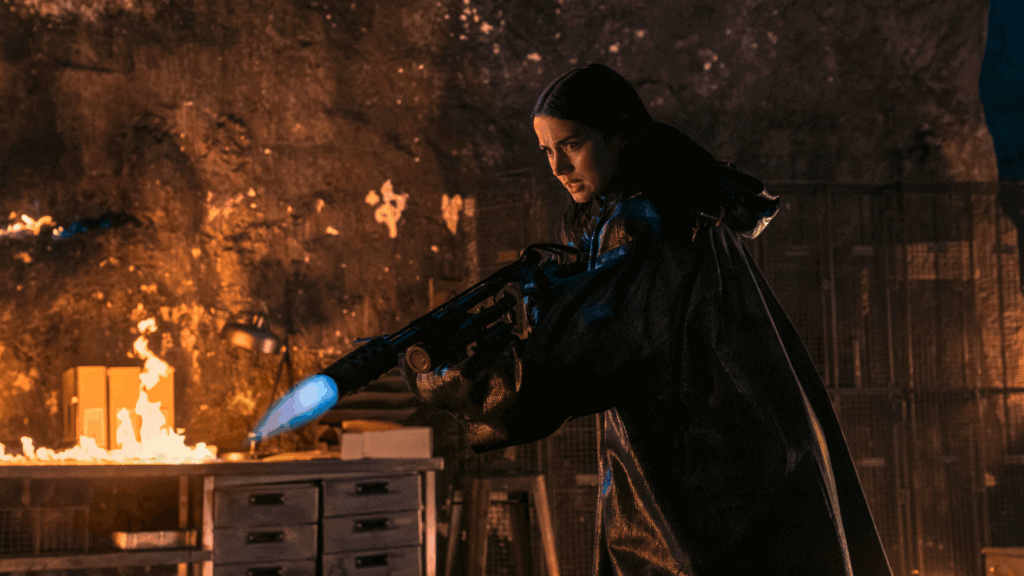
It’s evident the filmmakers haven’t creatively exerted themselves for Ballerina beyond the action sequences. They’ve made Eve into John Wick’s mirror reflection. Both seek revenge for a loved one (a father, a puppy). Both fight a faceless organization with a convoluted infrastructure seemingly predicated on weapons and violence. Neither have much to say, but both are determined, unstoppable forces. I only wish the screenplay had more for de Armas to do, dramatically. There’s some full-circle plotting when Eve must save a girl named Ella (Ava Joyce McCarthy) from losing her father (Norman Reedus), which, as we learn, is tantamount to saving herself. The script backs this convenient narrative development with inane dialogue. When Eve arrives to rescue Ella, Byrne’s Chancellor tells her, “If you’ve come for the girl, you’re gravely mistaken”—a line that gave me pause. It might’ve been, “If you think you’re taking the girl, you’re gravely mistaken,” or “If you’ve come for the girl, you’ve made a grave mistake.” But as spoken, it sounds wrong and lazy.
Something else Byrne says: “Don’t you think we’ve had enough?” I’d say so. The John Wick franchise has run its course. It remains impressive that, since debuting in 2014, what started as an original concept has grown into a five-movie series. Now, it’s following the tedious path of every Hollywood intellectual property by creating an extended cinematic universe for the sake of exploiting the material and making money—not because there was a story everyone involved needed to tell. In doing so, a relatively simple idea has become so overcomplicated and unwieldy that it has lost any integrity in its story or characters, resolving to be mere action sequences strung together by the thinnest narrative thread. This half-hearted attempt to keep the brand alive after John Wick’s supposed death in Chapter 4 is well-meaning for giving de Armas a crack at another action series. But it’s ostensibly the same story with different, underdeveloped characters and a lingering sense of disappointment over its failure to create something better for its star.

Thank You for Supporting Independent Film Criticism
Thank you for visiting Deep Focus Review. If the work on DFR has added something meaningful to your movie watching—whether it’s context, insight, or an introduction to a new movie—please consider supporting it. Your contribution helps keep this site running independently.
There are many ways to help: a one-time donation, joining DFR’s Patreon for access to exclusive writing, or showing your support in other ways. However you choose to support the site, please know that it’s appreciated.
Thank you for reading, and for making this work possible.
Brian Eggert | Critic, Founder
Deep Focus Review


